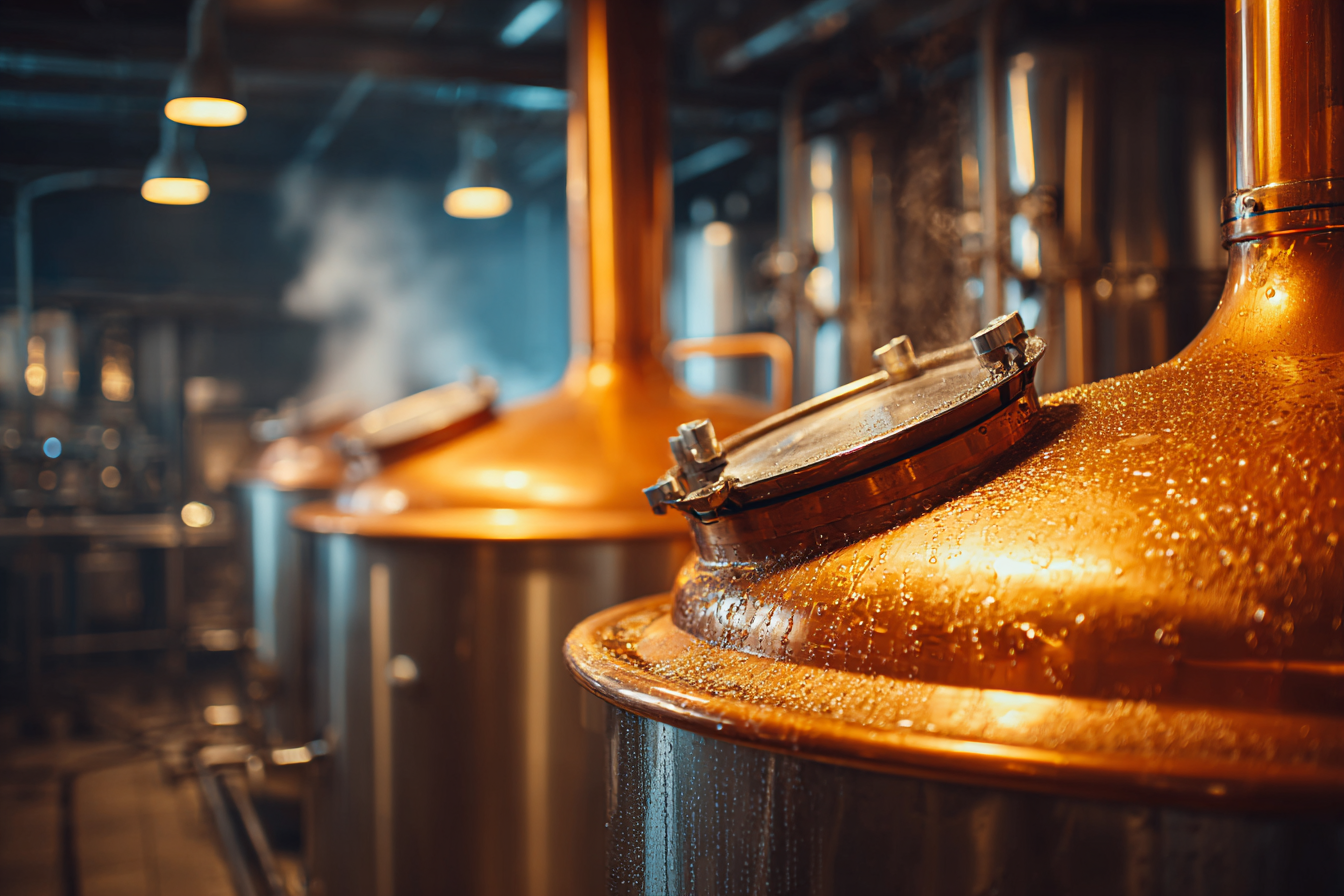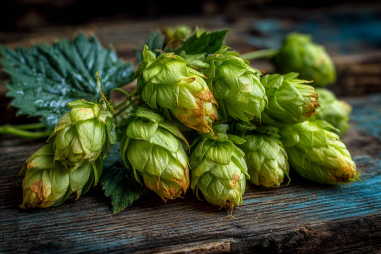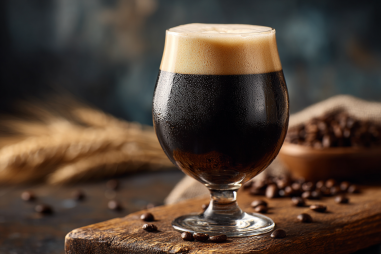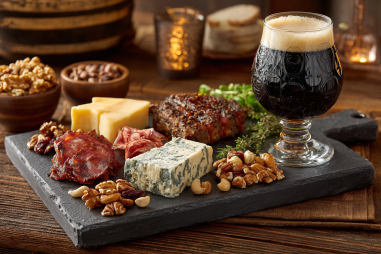Australian sparkling ale is a vibrant and refreshing beer style celebrated for its effervescent quality and balanced flavor profile. Unlike traditional ales, this variety employs a unique brewing process that introduces a lively carbonation, making it a favorite among craft beer enthusiasts and casual drinkers alike. If you’ve ever wondered how brewers achieve that signature sparkle while maintaining a rich ale character, this guide delves into every step of the Australian sparkling ale brewing process—from selecting raw ingredients to the final conditioning that makes each bottle shine.
Choosing the Right Malt and Hops
The foundation of any great beer starts with quality ingredients, and Australian sparkling ale is no exception. Malted barley typically forms the backbone of the malt bill, chosen for its ability to provide a clean, sweet base with subtle biscuity or toasted notes. Brewers often prefer pale malt varieties that allow the beer’s delicate flavors to shine through without overpowering bitterness or heaviness.
In addition to base malt, small additions of specialty malts such as caramel or crystal malts can be incorporated to enhance color and add complexity, contributing hints of caramel, toffee, or light fruitiness. These malt accents balance nicely with the ale’s crisp carbonation.
When it comes to hops, the focus is on selecting varieties that complement the malt’s sweetness while adding aromatic brightness. Australian sparkling ales often showcase Australian hop varieties known for their citrus, tropical fruit, and floral characteristics—think Galaxy, Ella, or Amarillo. These hops contribute moderate bitterness to balance the malt and provide a fresh, uplifting aroma that defines the style.
Mashing and Wort Preparation
The mashing process is where malted grains are steeped in warm water to activate enzymes that convert starches into fermentable sugars. For Australian sparkling ale, brewers typically mash at temperatures ranging from 65°C to 68°C (149°F to 154°F). This moderate temperature range favors the production of a balanced wort with adequate fermentable sugars and some residual sweetness, crucial for the ale’s flavor and mouthfeel.
After mashing, the liquid known as wort is separated from the spent grains and boiled. During boiling, hops are added in stages to develop bitterness and aroma. Early hop additions provide bitterness, while later additions contribute to aroma and flavor intensity. The boiling process also sterilizes the wort and concentrates the sugars.
Once boiling is complete, the wort is rapidly cooled to yeast-friendly temperatures, usually between 18°C and 22°C (64°F to 72°F), depending on the yeast strain to be used. Proper cooling is vital to prevent unwanted bacterial contamination and prepare for fermentation.
Fermentation: Key Stages and Yeast Strains
Fermentation is the heart of the brewing process, driving the transformation of sugary wort into flavorful beer. For Australian sparkling ale, fermentation typically employs ale yeast strains such as Saccharomyces cerevisiae that favor clean, crisp fermentation profiles with subtle fruitiness. Some brewers might choose strains that impart slight esters to enhance complexity, but the goal remains a bright, refreshing character.
The primary fermentation takes place at controlled temperatures, generally between 18°C and 22°C (64°F to 72°F). During this stage, yeast metabolizes sugars, producing alcohol, carbon dioxide, and a range of flavor compounds. Careful temperature control ensures the yeast does not produce off-flavors or excessive fusel alcohols.
This phase usually lasts from 5 to 10 days, depending on yeast activity and desired flavor development. As fermentation slows down, it’s important to monitor gravity levels to ensure adequate sugar conversion.
Secondary Fermentation and Carbonation Techniques
What really sets Australian sparkling ale apart is its sparkling, effervescent nature, achieved through a secondary fermentation and meticulous carbonation control. After primary fermentation, the beer is often transferred to a secondary vessel to clarify and mature. This step can last for several days to weeks, depending on the desired clarity and flavor maturation.
Carbonation in sparkling ales can be introduced in two primary ways:
- Natural carbonation through secondary fermentation: Before sealing the beer, a measured amount of priming sugar or wort is added. Yeast residual in the beer consumes this sugar, producing carbon dioxide which dissolves into the beer, creating natural fizz.
- Forced carbonation: This method involves injecting CO2 directly into the beer under pressure, commonly used in commercial brewing for precision and speed. While expedient, some traditionalists prefer natural carbonation for a creamier, finer bubble.
In Australian sparkling ale, natural carbonation is often favored to preserve authenticity and enhance mouthfeel. The fine bubbles generated contribute to the beer’s distinctive sparkle, enhancing both its visual appeal and drinking experience.
Conditioning and Aging for Optimal Flavor
Once carbonated, the ale moves into the conditioning phase. This period allows flavors to meld and mature, ensuring a well-balanced and polished final product. Conditioning can take place in bottles, kegs, or tanks under controlled temperature conditions.
During aging, any harsh fermentation byproducts mellow, and the beer’s aroma, flavor, and carbonation harmonize. For sparkling ales, a cooler conditioning temperature around 0°C to 4°C (32°F to 39°F) is common, helping retain freshness while promoting clarity.
Patience is key during conditioning; rushing this step can lead to underdeveloped flavors and flat carbonation. Brewers often taste samples regularly to determine the ideal maturation duration, aiming for a crisp, lively ale with clean malt sweetness and vibrant hop notes.
Quality Control and Common Brewing Challenges
Maintaining quality throughout the brewing process requires rigorous control and attention to detail. Some common challenges brewers face include:
- Contamination risks: Wild yeast and bacteria can spoil beer flavors and cause cloudiness. Sanitation is critical at every stage, from equipment to packaging.
- Inconsistent carbonation: Natural carbonation can be tricky; too much priming sugar leads to over-carbonation or bottle explosions, while too little results in flat beer.
- Yeast health and viability: Stressed or old yeast strains behave unpredictably, causing off-flavors or stuck fermentations.
- Temperature fluctuations: Variations during fermentation or conditioning can cause unwanted esters or dull flavors.
To combat these issues, brewers employ best practices including precise measurements, sanitation protocols, and close monitoring of fermentation parameters. Using quality control tools like gravity readings, sensory evaluation, and microbial testing ensures a consistent and delightful Australian sparkling ale every time.
Bringing It All Together: Crafting the Perfect Australian Sparkling Ale
The Australian sparkling ale brewing process is a delicate dance of ingredient selection, fermentation science, and craftsmanship. From carefully choosing malt and hops that lend balance and brightness, through precision mashing and wort preparation, to the vital phases of fermentation and sparkling carbonation, each step shapes the beer’s character.
By mastering secondary fermentation and thoughtful conditioning, brewers achieve that unmistakable sparkle and lively mouthfeel while preserving rich ale flavors. Attention to quality control and overcoming brewing challenges help maintain consistency, allowing this unique beer style to constantly delight drinkers.
Whether you are an aspiring homebrewer or an enthusiastic craft beer lover, understanding this step-by-step journey offers a new appreciation of what goes into every glass of Australian sparkling ale—a truly sparkling celebration of brewing expertise and natural flavors.







